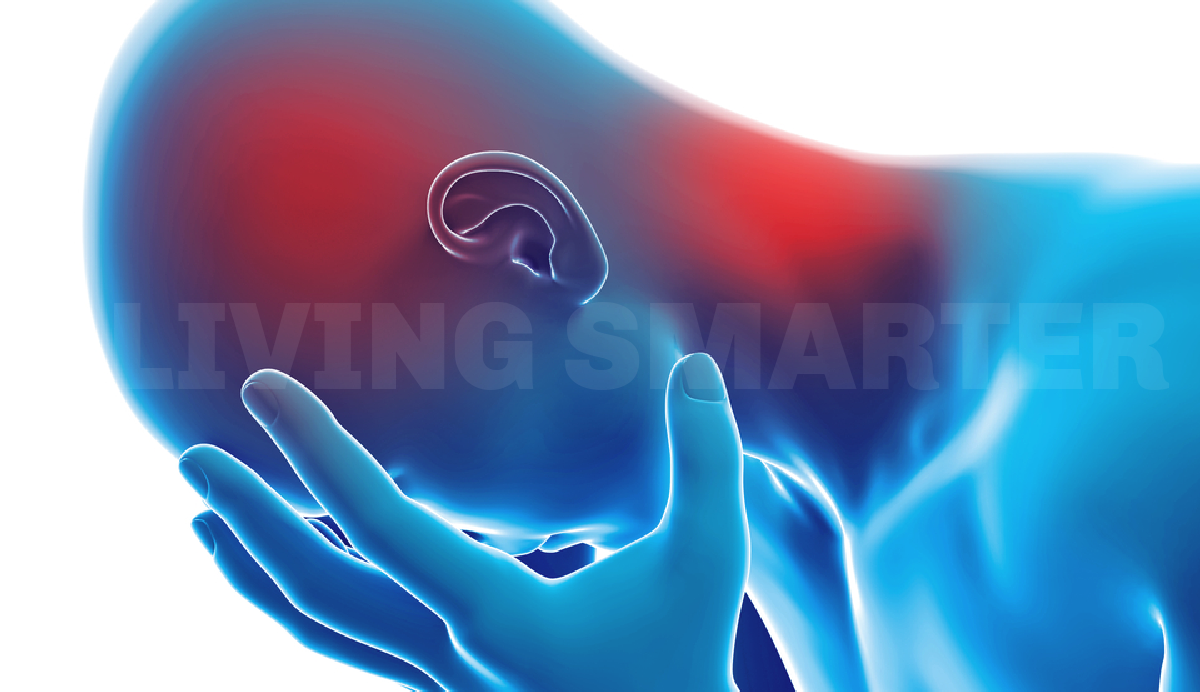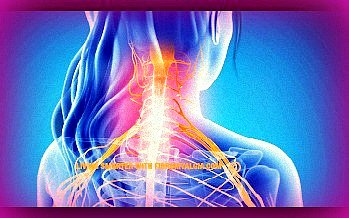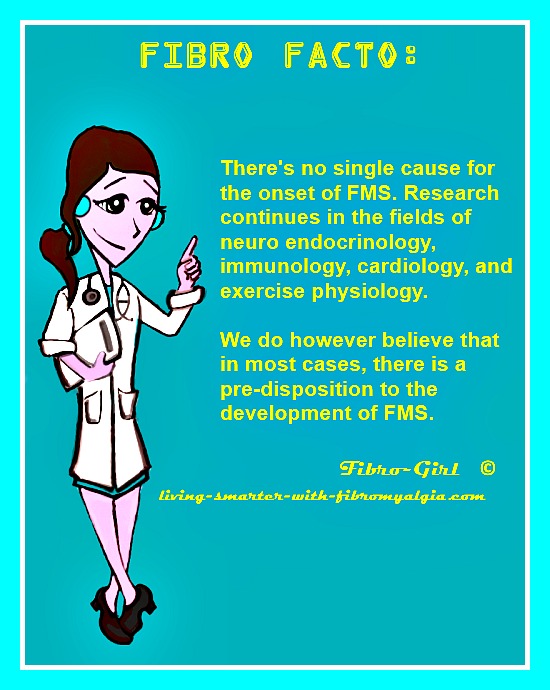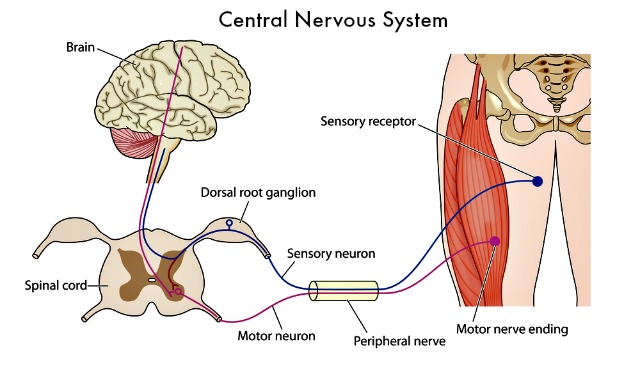Chronic Pain: There Is Hope

Chronic
pain is one of the most devastating of Fibromyalgia symptoms as well as of the other co-conditions such as CFS/ME/MCS. Osteoarthritis, auto immune illnesses and other conditions often accompany fibro as well. Progress in understanding pain mechanisms has been slow until
recently.
I work to stay up to date on
fibromyalgia and pain research. Most studies I read leave my “hope dial" unmoved. Many are so abstract or focused on such
minute details that we just can’t relate to them. I take for granted that they
are needed and are providing basic knowledge useful in sorting out the
mechanisms at work in the complexities of fibromyalgia.
Advances in Molecular Imaging
Have
Enabled “Fast Track” Research
In recent years, I’ve been encouraged by work going on at the molecular level of our cells. Advances recently by several research groups worldwide have determined the mechanisms behind the pain.
This work has really been enabled by tremendous advances in imaging. Study scientists are now able to look at the actual cellular level receptors that I talked about on the “Mind Body Science” page of this website. That view of even the shape of these molecular components tells the bench scientist information that puts studies on the fast track, saving weeks or even months of time.
Additionally,
because of a friend’s diagnosis of Stage 4 Renal cancer five years ago, I
became interested in the “infant” attempts at treating cancer at the molecular
level. I watched this effort for three
years while my friend went through multiple surgeries and chemo treatments.
Finally, his
options were over except for a clinical trial for one of these emerging
treatments. It worked! He’s cancer-free today after a prognosis four years ago
of 2 to 3-months to live with one of the most aggressive forms of cancer.
What’s
my point? It is that once doctors could
see into our bodies at a molecular level for not only the disease mechanisms,
but also the treatment results, progress "took wings”.
And, today there are multiple clinical trials
taking place with this new approach; and many are achieving significant
positive results. A “cure” for cancer is
on many tongues in that medical community!
There Is Hope for Neuropathic Chronic Pain Funding
Molecular
level chronic pain research in my opinion is where molecular level cancer
research was many years ago. It is true
that funding for chronic pain associated with fibromyalgia and its accompanying
conditions is much less than that for cancer research; but, there is hope there
also.
My first article under
Fibromyalgia Research, “Cancer Study Provides Hope for Fibromyalgia Victims”
brought out the fact that many cancer victims suffered from chemotherapy induced neuropathy.
Neuropathy is one of two pain categories, the other being “inflammatory”. Neuropathic pain is notoriously difficult to treat and is very debilitating. It comes in three “flavors”:
· Hypersensitivity to painful trauma
· Spontaneous pain that seemingly “just happens”
· Allodynia which makes any touch feel painful
It is also the main pain mechanism in
fibromyalgia. It is so debilitating that
some cancer patients refuse further chemo treatment regardless of the mortality
outcome. Tell that to your doubting friends and family who say “you don’t look
sick” or “it’s all in your head”.
The
“hope” I refer to in that article is that with a “cure” for many types of
cancer being within sight, the cancer researchers are not likely to stand for a
situation where the “cure is worse than the disease”.
Already, some of the enormous cancer research
dollars (compared to fibromyalgia funding) are being applied to solving the
chemo induced neuropathy. And, as I’m about to report, the pain mechanisms are
the same as with fibromyalgia. What resolves the cancer issue will resolve the
fibromyalgia chronic pain issue.
For a peek at even newer, more futuristic research efforts that may apply to fibromyalgia as well as cancer check out two articles (#3 & #4) on the December 24, 2014 edition of Fierce Biotech's Daily Top Stories.
Additionally, there have been recent breakthroughs by several non cancer, pain-focused research groups worldwide that explain the mechanisms behind the pain, especially chronic, neuropathic pain. A number of potential solutions are now in sight. Fibro-girl says “there is hope”.
WHY DO I HAVE CHRONIC PAIN?
Most fibro people know that some type of trauma often predates the onset of fibromyalgia. However, research has shown that 30% of people injured in an accident will develop chronic pain. Likewise, about 50% of those who have diabetes related nerve damage will suffer ongoing pain. Research has not yet answered why some people, but not others, are affected by chronic pain. However, there are three factors that are evident:
1. A genetic predisposition. My “Fibro Factos” on my facebook page, facebook.com/FibroFitPeople, have long pointed out this
predisposition. The adjacent image is an example.
My article Mindbody Epigenetic Inheritance on
this website discussed how we can inherit “markers” from our parents (or even
grandparents) that mutate our genes thereby changing our cells functions.
Traumas in their lives can actually
play a role in our chronic pain.
2. Our own life experience. My page “Mind Body Science” goes into detail about how physical and emotional traumas in our lives can turn genes and cells “On or Off” and thereby affect pain pathways. I refer to this as “filtering” the results of chemical messages and electrical signals in the Central Nervous System (CNS) thereby leading to chronic pain.
3. Emotional attitude contributes much to our susceptibility to chronic pain. On my “Attitude Conditioning” page I admit I had to “fire” my “Negative Nelly” which had become a barrier to further improvement. Then, I had to consistently practice focusing on even small successes to remain positive no matter what. Improvement in my fibro pain then followed.
Here, on my website, I point out that in each of these cases there are ways to “intentionally intervene” in order to lower our susceptibility and improve ALL our symptoms, not just chronic pain.
CENTRAL NERVOUS SYSTEM
Recent research has led to three approaches to eliminating chronic pain that show real promise in the near future. They each moved my “hope dial” a great deal. To understand these approaches it is necessary to describe the major components of the Central Nervous System that are involved in chronic pain.
 Dorsal Root Ganglion
Dorsal Root GanglionThere are nerve
cells called nociceptors that lie just outside and along the spinal cord in an
area called the dorsal root ganglion
(see the adjacent image). They are responsible for receiving pain signals via
nerve fibers from their nerve endings which are spread all over the body’s surfaces (inside and out).
The nociceptors
then transmit the pain signal via a neurotransmitter (chemical messenger) to
the neurons inside the spinal cord and on to the brain including the limbic
area (emotions) and the conscious thought areas (pain avoidance).
Obviously,
the emotions generated are negative ones; hence, the depression and
hopelessness that fibro people experience. The conscious thought areas begin
planning to avoid additional pain which often leads to hyper alertness and
avoidance of physical movement (i.e. exercise) that is so common with
fibromyalgia.
On the “Mind
Body Science” page, I referred to what scientists called “nodes” or “hot spots”
that lie along the main neural pathways.
These are places where various types of nerve fibers, nerve cells, soft
tissue, and neurochemical pathways all come together in very close association.
Mutation or damage to nerve cells associated with these areas can result in
chronic pain. The dorsal root ganglion is one such “hot spot”. In fact it is the first one, starting just
below the brain stem.
Now, let’s
look at those nerve endings or the sensory
receptor as it’s called in the adjacent image. The ones that relate to some of the research
that’s the subject of this article are a set of nine sensory nerve endings
called “sodium ion channels” which have been thoroughly studied for more than
twenty years since they were first identified as pain sensors.
In fact, you can
thank that discovery for Novocaine, lidocaine, and other topical pain killers
which work by entirely blocking these receptors. But, since most of these
sensors are involved in all elements of the body including the heart and brain,
such an approach is not safe except for very small areas. How to selectively
choose specific ion channels has been the focus of much research that has only
recently achieved enough success to interest pharmaceutical companies.
This recent fibromyalgia research has focused on three particular ion channels involved with neuropathic pain because these are only associated with periphery pain. This allows researchers and drug companies to focus on ion channels that are not involved with the brain or heart for safety reasons. These three sensors come in several subtypes that are determined by their ability to detect very specific increments of voltage that when detected, cause the particular ion channel to open a pore.
Whenever, a
threat to our body is sensed, whether that be a force trauma (tissue damage),
nerve damage, heat, cold, or a whole range of chemicals, these ion channels
open a pore that allows sodium ions to enter through the cellular membrane of
the nerve fiber. When this occurs, a
small voltage potential is generated and passed on down the nerve fiber where
other so called voltage-gated ion channels have the ability to sense the level
of voltage.
Each of these subtypes of
ion channel has a built in threshold of voltage that when exceeded causes the
channel to open and allow even more sodium ions to enter and therefore a
greater voltage is produced and passed on to the next ion channel. Since
thresholds are different for each of these channels, a virtual cascade of
sodium ions can occur if the voltage potential grows large enough. The result
of all this nerve ending activity is that a signal travels thru the nerve fiber
to the nociceptors as stated earlier.
It is plain
to see that mutations or damage to these sensors could result in chronic pain.
For example:
Suppose a mutation caused all of the sensor molecules in an area of the body to
be of a single subtype that opened to the smallest of voltage. Then millions of
these ion channels would become “full on” to any small trauma rather than their
normally graduated response depending on the level of trauma. Pain overload
would result. This condition explains one of the three types of neuropathic pain,
hypersensitivity to painful trauma.
A second type of neuropathic pain,
Allodynia, can now also be explained. The nerve fibers for touch and pain are separate but lie
very close together. Their crosstalk is regulated by a component called an interneuron.
This crosstalk normally never allows touch to feel painful, but does provide
for a comforting touch to mildly reduce pain.
However, it was recently found
that when nerve cells are damaged, the central nervous system’s own immune
cells cause a reduction of a critical carrier of chloride ions (KCC2) in the
spinal cord neurons. This in turn causes
a “short circuit” so to speak, in the interneurons which causes even a gentle
touch to become the allodynia pain with which so many fibromyalgia victims are
familiar.
THERE IS HOPE: The Good News
The advances in chronic pain research have been significant enough that drug companies are now involved and actively developing solutions that make use of all this recent knowledge. There are even clinical trials with humans underway. I’ll iterate just a few of the likely solutions.
In the case of the “sodium ion channels” I explained earlier, you may remember quite a stir in the media and the fibromyalgia community back in 2012 about Small-fiber Polyneuropathy. Some even reported the cause of fibromyalgia was now known. This comes from a widespread lack of understanding of the symptoms of fibromyalgia. The media and the general public think fibromyalgia is only about pain. Of course we fibro people know better. Pain is, however, one of the worst symptoms; and that is what this article addresses.
The “stir”
was based on new understanding that came from one of the research studies I’m
reporting here. And, the results of that
study served to get a major drug company actively searching for ways to
selectively control those ion channels.
Their approach is to focus on the
voltage sensing mechanism which would be far more selective than simply closing
all of any of the three types of ion channels I mentioned. (Closing all could
lead to major side effects such as not feeling any trauma such as heat – a
dangerous condition.)
In 2013 this
company discovered a chemical that affects the voltage mechanism of the most
significant one of the three sodium ion channels. Several potential solutions are now being
tested in patients.
A second approach, at a major university, is focused on the same sodium ion channel’s voltage sensor. In a published report in June 2014, they reported that they are using an antibody from the immune system. The antibody relieves both neuropathic and inflammatory pain in mice.
Finally, a report in November 2013 disclosed discovery of a drug that has great potential to alleviate the pain of allodynia. It improves the transport of the critical chloride ions in the neurons of the spinal cord that I discussed earlier. And, it eliminated the pain of allodynia in rats.
We all know that it’s a long path to move a drug from animal testing to approval for use by doctors in humans. But, in the case of cancer, the FDA has approved some newer treatments for a “Fast Track” program. It couldn’t hurt for us to do all we can to spread awareness of the debilitating role of chronic pain in fibromyalgia. Maybe the FDA will hear us. At any rate, there is reason now to hope.
Before you leave, my sitemap can provide you with a "God's-eye" view of this website laid out in "outline format".
Stay connected by joining our unique Email here at Fibro Repair Email
Home > Fibro Research > Chronic Pain
Didn't find what you were looking for? Search for it:
living-smarter-with-fibromyalgia.com
©2013-2024 All Rights Reserved
FibroFitPeople, LLC ;©2024 All Rights Reserved











